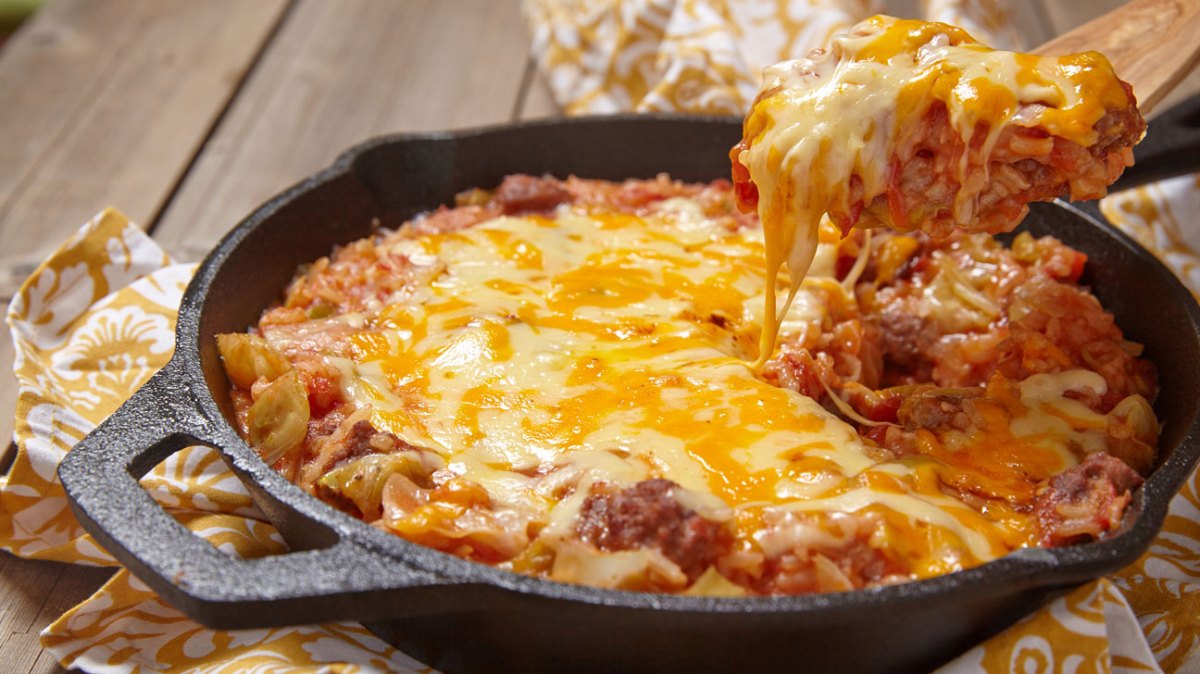Conquer your busy schedule without sacrificing healthy eating! This guide unveils a collection of vibrant, flavorful 10-minute low-carb meals designed for the modern lifestyle. Imagine transforming simple ingredients into satisfying dishes bursting with color and texture, all while adhering to your low-carb goals. We’ll explore quick recipes, efficient meal prep strategies, and smart ingredient substitutions, ensuring you enjoy delicious, nutritious meals even on your busiest days.
From zesty shrimp stir-fries that tantalize the taste buds with their bright colors and crisp textures to creamy chicken salads that offer a satisfying richness, we’ll guide you through a variety of recipes and techniques. Learn how to maximize your time with clever meal prepping, navigate ingredient substitutions to accommodate dietary needs, and understand the importance of macronutrient balance for sustained energy and weight management. This isn’t just about quick meals; it’s about reclaiming your time and nourishing your body with delicious, low-carb goodness.
Ingredient Substitutions & Variations
Adapting low-carb recipes to suit individual needs and preferences is key to long-term success. This involves understanding ingredient substitutions and how they impact both taste and nutritional profile. Exploring variations also allows for creativity in the kitchen, preventing meal boredom and ensuring you enjoy your low-carb journey.
Common Low-Carb Ingredient Alternatives
Many low-carb recipes rely on specific ingredients. However, readily available alternatives can often be used to achieve similar results. Consider these options when planning your meals.
- Almond Flour: A popular low-carb flour, almond flour offers a slightly nutty flavor and works well in baked goods. However, it can be quite expensive. Alternatives: Coconut flour (absorbs more liquid, resulting in a denser texture), sunflower seed flour (milder flavor, less binding), or a blend of these flours can often be substituted, although the final product’s texture might differ.
- Cauliflower Rice: A versatile low-carb substitute for rice, cauliflower rice provides a light, slightly sweet flavor. Alternatives: Shredded zucchini (more delicate flavor, best suited for dishes where it won’t overcook), finely diced broccoli (adds a more assertive flavor), or even finely chopped turnips (earthy flavor, slightly more dense).
- Avocado Oil: A healthy high-fat option, avocado oil boasts a high smoke point, making it ideal for high-heat cooking and adding a subtle, buttery flavor. Alternatives: Olive oil (stronger flavor, slightly lower smoke point), coconut oil (distinct coconut flavor, medium smoke point), or macadamia nut oil (mild, nutty flavor, high smoke point) can replace avocado oil, although the resulting flavor profile will vary.
Adapting Recipes for Dietary Restrictions
Dietary restrictions such as vegetarianism or veganism can easily be incorporated into low-carb eating. Careful ingredient swaps and creative substitutions can maintain both the low-carb aspect and the desired dietary needs.
For example, a traditional low-carb meatloaf recipe could be adapted by replacing the ground beef with a mixture of finely chopped mushrooms, lentils, and grated zucchini for a hearty vegetarian option. Vegan adaptations could use crumbled tofu or tempeh in place of the meat, ensuring a protein-rich and satisfying meal. Similarly, creamy sauces traditionally made with heavy cream can be replaced with full-fat coconut milk for a vegan and low-carb option. The texture and flavor will be different, but the overall dish will remain delicious and fulfilling.
Importance of Reading Food Labels
Careful label reading is paramount for successful low-carb eating. Many processed foods, even those marketed as “healthy,” can contain hidden sugars and carbohydrates.
Always check the nutritional information panel for the total carbohydrate count, as well as the amount of added sugars and fiber. Understanding these values helps determine a food’s true net carbohydrate content (total carbohydrates minus fiber). For instance, a seemingly innocuous granola bar might contain a surprisingly high amount of added sugar, pushing it out of alignment with low-carb dietary goals. By diligently checking labels, you can make informed choices and avoid unexpected spikes in blood sugar.
Balancing Macros in 10-Minute Meals

Achieving a balanced macronutrient intake—the right ratio of protein, fat, and carbohydrates—is crucial for sustained energy and effective weight management, even on a low-carb diet. This isn’t about eliminating entire food groups, but rather focusing on nutrient-dense choices that support your body’s needs. The following examples demonstrate how to create satisfying and balanced 10-minute low-carb meals.
Maintaining a proper balance of macronutrients prevents energy crashes and keeps you feeling full and satisfied. On a low-carb diet, prioritizing protein and healthy fats ensures you feel energized and helps regulate your appetite, avoiding the blood sugar spikes and subsequent crashes associated with high-carbohydrate meals. Properly balanced meals contribute to stable blood sugar levels, preventing hunger pangs and supporting consistent energy throughout the day. This is particularly important when managing your weight, as it helps regulate appetite hormones and prevents overeating.
Sample 10-Minute Low-Carb Meal Plan
The following meal plan provides five examples of quick, low-carb meals, each with a breakdown of its macronutrient composition. Remember that these are estimates and can vary based on specific ingredients and portion sizes. Focus on whole, unprocessed ingredients whenever possible for optimal nutritional value.
| Meal | Description | Protein (g) | Fat (g) | Carbohydrates (g) |
|---|---|---|---|---|
| Breakfast | Scrambled eggs (3) with spinach and feta cheese (1 oz) | 18 | 15 | 2 |
| Lunch | Tuna salad (5 oz canned tuna, 2 tbsp mayonnaise, celery) lettuce wraps | 30 | 20 | 5 |
| Snack | Handful of almonds (about 1 oz) and a small avocado (1/2) | 6 | 18 | 2 |
| Dinner | Salmon fillet (4 oz) with roasted asparagus (1 cup) and a drizzle of olive oil | 25 | 25 | 5 |
| Dessert | Chia seed pudding (1/4 cup chia seeds, 1 cup unsweetened almond milk, berries (1/4 cup)) | 5 | 10 | 10 |
The Importance of Balanced Macronutrients
Balancing macronutrients is vital for sustained energy and weight management on a low-carb diet. Sufficient protein supports muscle mass and satiety, preventing muscle loss and keeping you feeling full. Healthy fats provide sustained energy and support hormone production. While carbohydrates are restricted, a small amount from sources like non-starchy vegetables ensures adequate fiber intake for digestive health.
Pitfalls of Processed Low-Carb Foods
While many processed low-carb foods are convenient, relying solely on them can be detrimental. Many are high in unhealthy fats, sodium, and artificial additives, potentially leading to health problems. These foods often lack the fiber and micronutrients found in whole, unprocessed foods. Prioritizing whole, unprocessed foods such as vegetables, lean proteins, and healthy fats ensures you receive a wider range of nutrients and support your overall health.
Embarking on a low-carb journey doesn’t mean sacrificing taste or convenience. This guide empowers you to create delicious, satisfying 10-minute low-carb meals, even amidst the whirlwind of a busy life. By mastering efficient meal prep strategies, understanding ingredient substitutions, and balancing your macronutrients, you can transform your relationship with food, achieving your health goals without compromising on flavor or time. So, ditch the takeout menus and embrace the vibrant world of quick, healthy, and satisfying low-carb cuisine!
FAQ Summary
Can I adapt these recipes for different dietary restrictions?
Absolutely! Many recipes can be adapted to be vegetarian, vegan, or accommodate other allergies by using suitable substitutions. Always check ingredient labels and consider alternative ingredients that align with your specific needs.
How do I store leftovers for optimal freshness?
Store leftovers in airtight containers in the refrigerator for up to 3-4 days. Reheat gently in the microwave or on the stovetop, avoiding overcooking which can compromise texture and flavor.
What if I don’t have all the ingredients listed in a recipe?
Don’t worry! The guide provides suggestions for ingredient substitutions, allowing you to adapt recipes based on what you have available. Sometimes, a minor substitution won’t significantly impact the taste or nutritional value.
Are these meals suitable for weight loss?
Yes, these meals can contribute to weight loss as part of a balanced low-carb diet. Focusing on whole, unprocessed ingredients and paying attention to portion sizes are key to achieving your weight loss goals.


